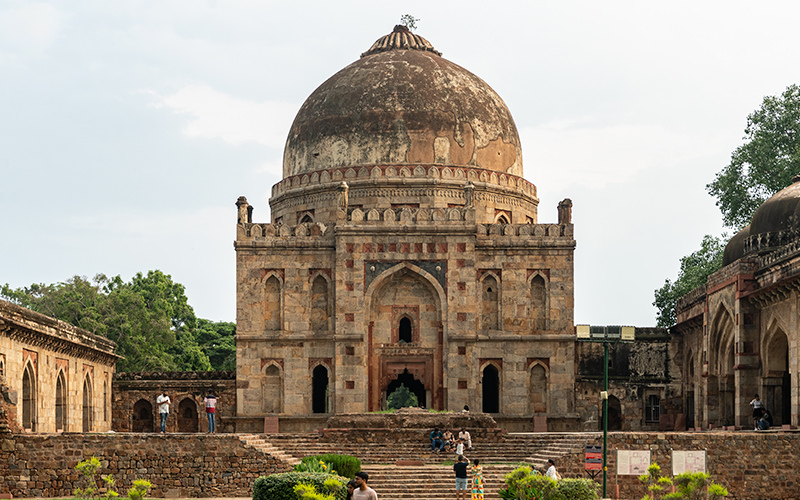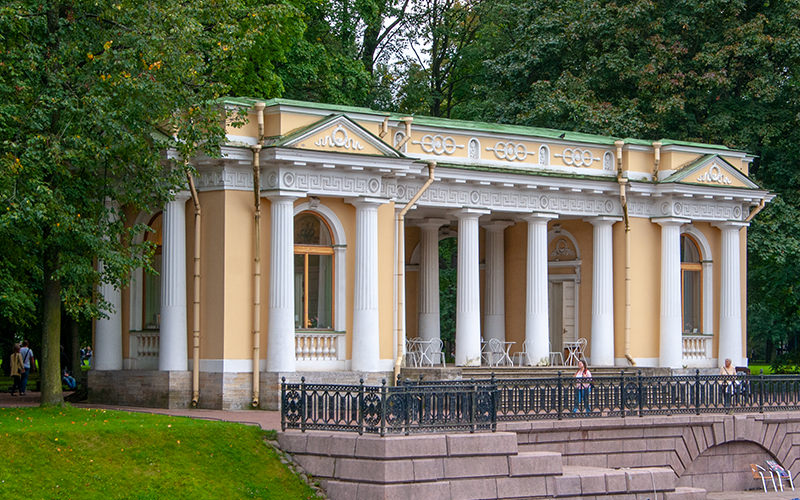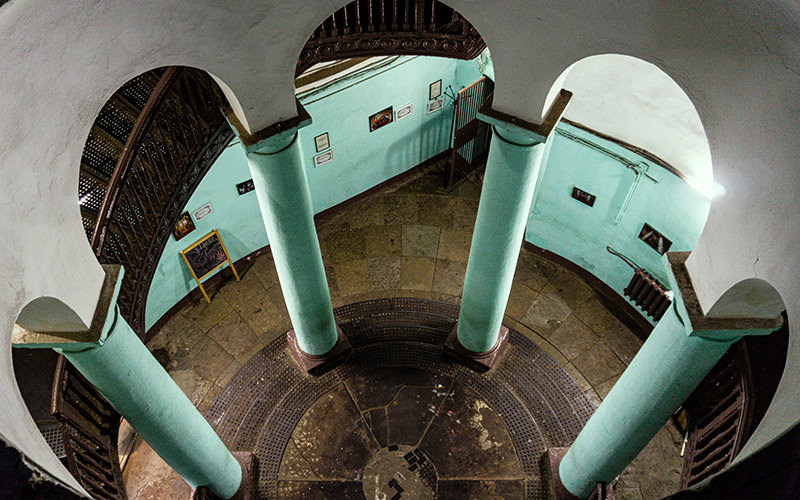In May of this year, I embarked on a small journey from Istanbul to the famous tourist city of Antalya on the Mediterranean coast of Turkey. I confess, I had no particular expectations for the planned trip, as I envisioned this place as a vast coastal strip with beaches and hotels but without any significant landmarks.
In reality, it turned out that the city and its surroundings have many interesting places: during the three days I spent here, I managed to photograph numerous historical buildings, natural monuments, and ruins of ancient cities. The next few articles will be dedicated to Antalya, and first and foremost, I will tell you about my first walk through the city center.
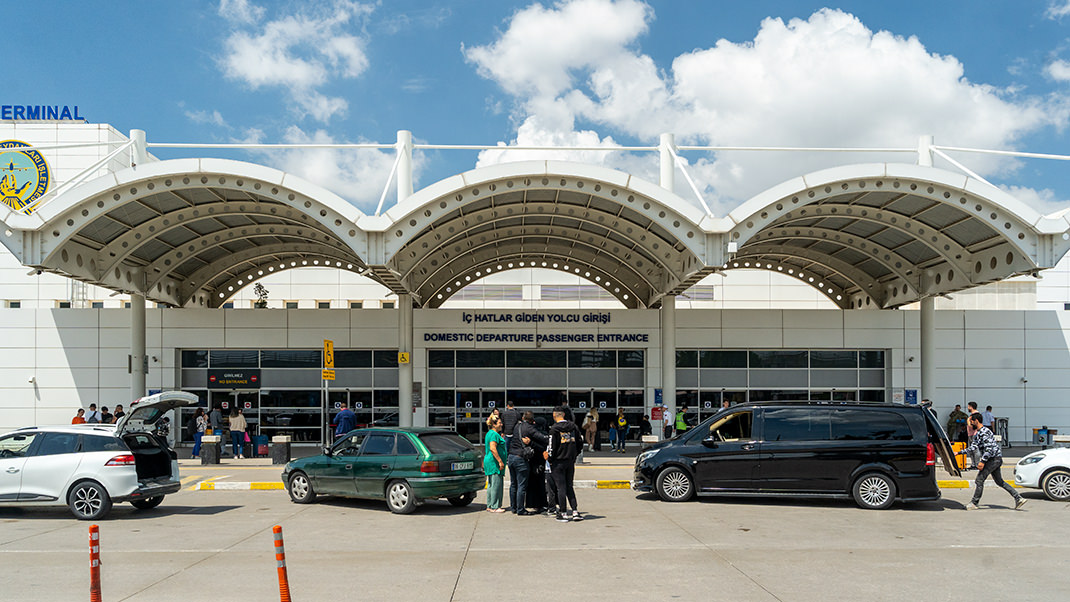
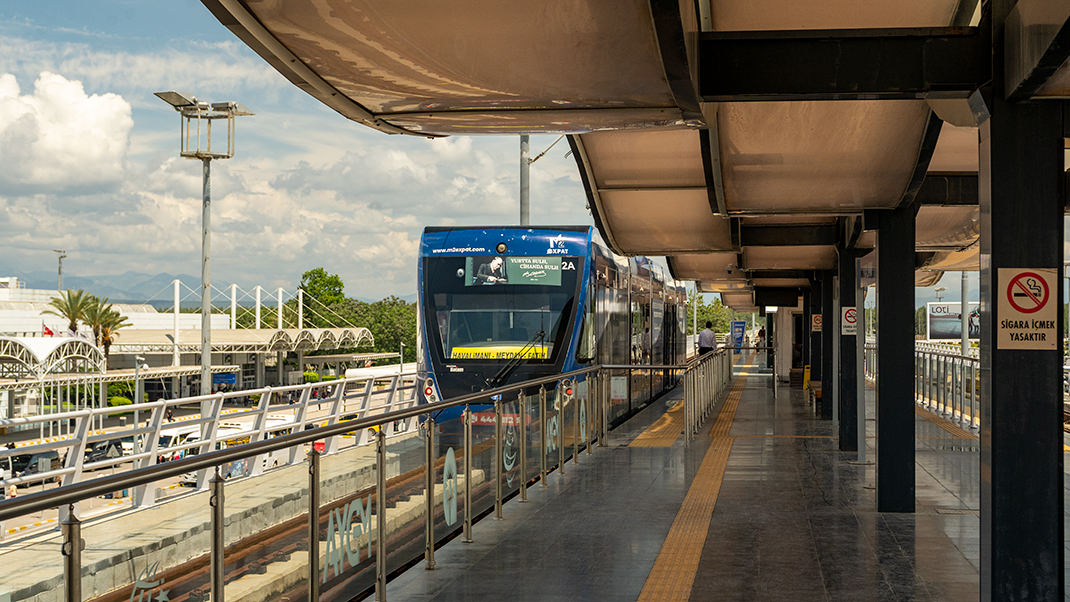
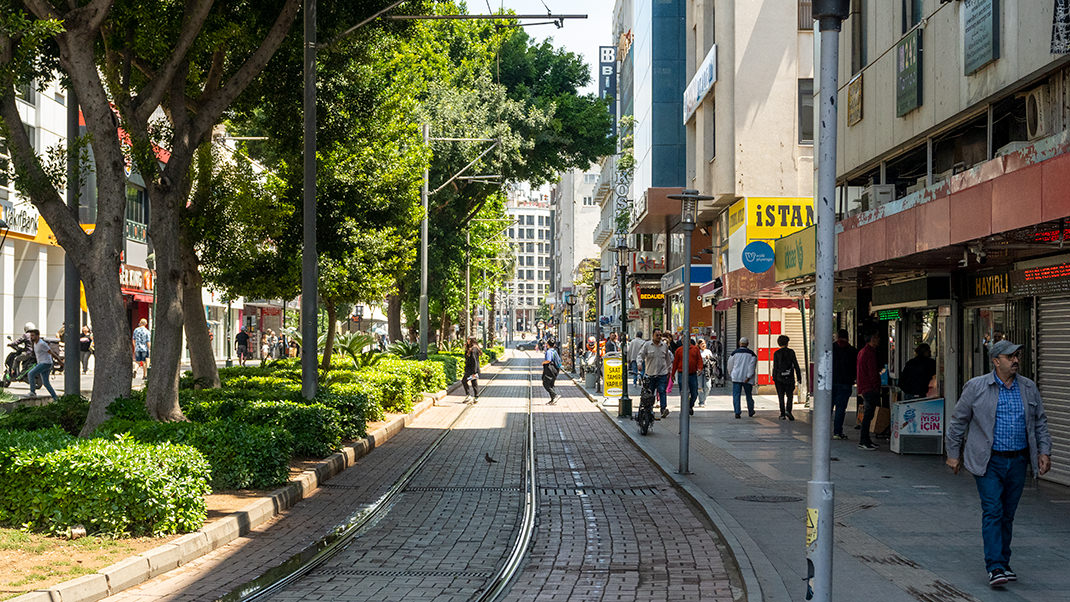
Journey from Istanbul to Antalya
I flew from Istanbul by plane. A significant advantage of Turkey is its well-developed air connections even between small cities. The cost of the flight from Istanbul to Antalya in May 2023 was approximately 1000 Turkish liras per person.
Several tram lines are laid throughout the city, one of which goes to the airport. To travel, you need to purchase the Antalyakart transport card, which costs 25 liras. One trip costs 9.6 liras. There are discounts for further transfers, but I didn't delve into this issue.
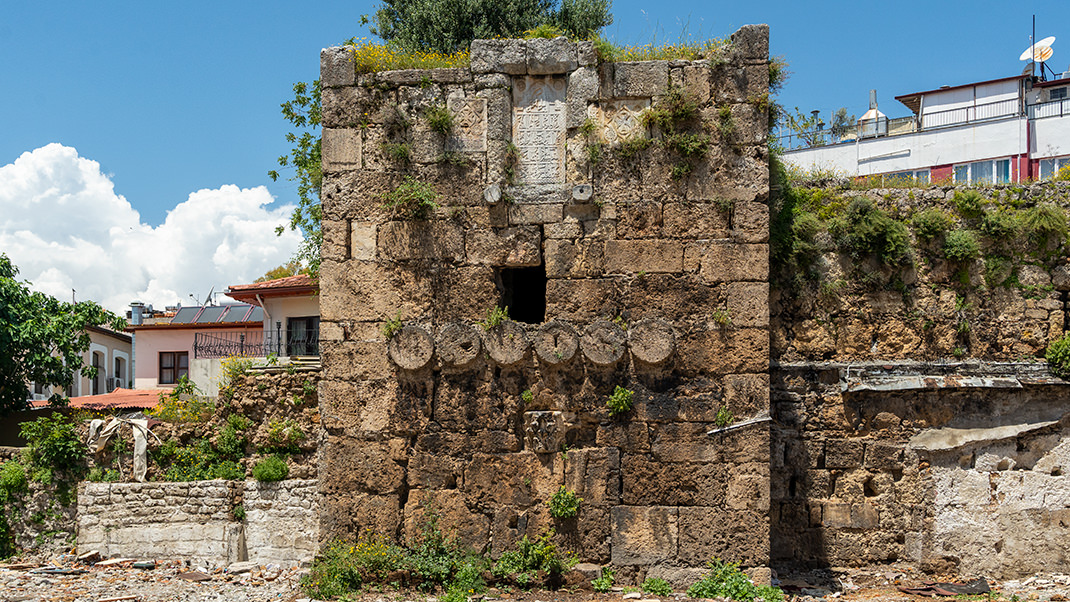
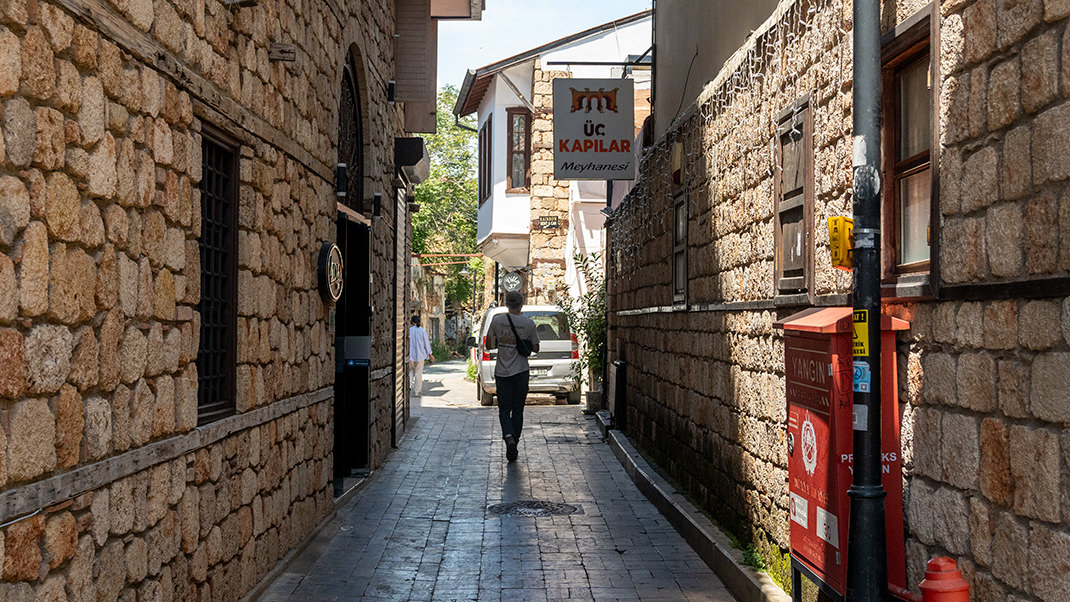
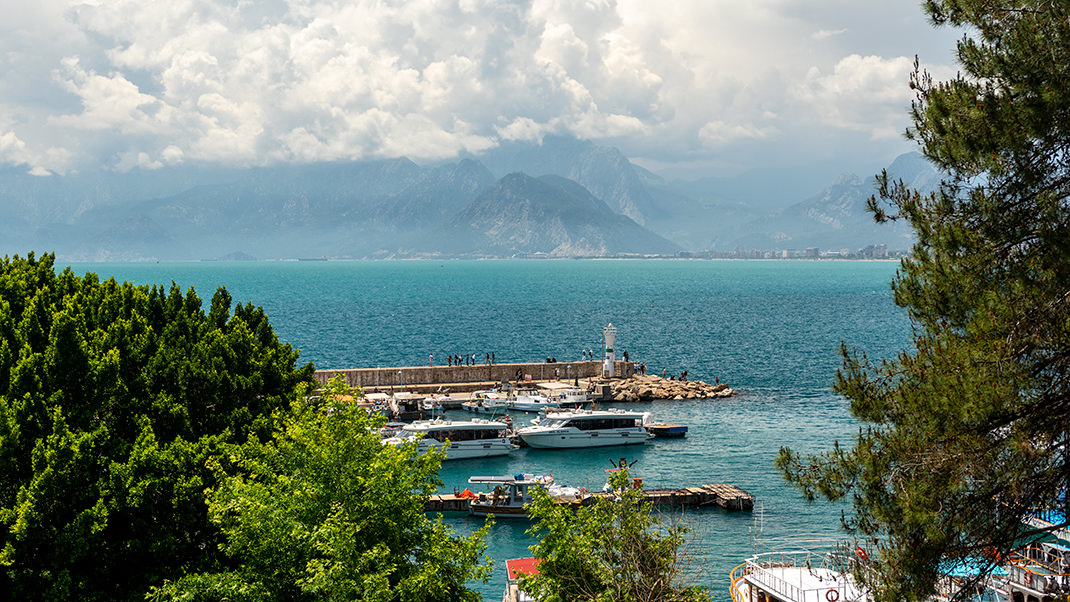
There is a convenient mobile application for topping up the transport card, and you can also plan your trip routes in the same app, but I used my familiar Moovit service.
An interesting difference in Antalya's transportation system from Istanbul's is that each stop here has its own number, so even without knowing Turkish, travelers can figure out where to get off.
City Stroll
Antalya was founded by the Pergamum king Attalos II in the 2nd century BCE. Hence the city's first name - Attaleia. At different times, Antalya was part of the Roman, Byzantine, and Ottoman Empires.
My acquaintance with Antalya began at the Hadrian's Gate, an amazing historical monument. In the year 130 CE, the Roman Emperor Hadrian visited the city, and in his honor, these unusual marble gates with three arches were built.
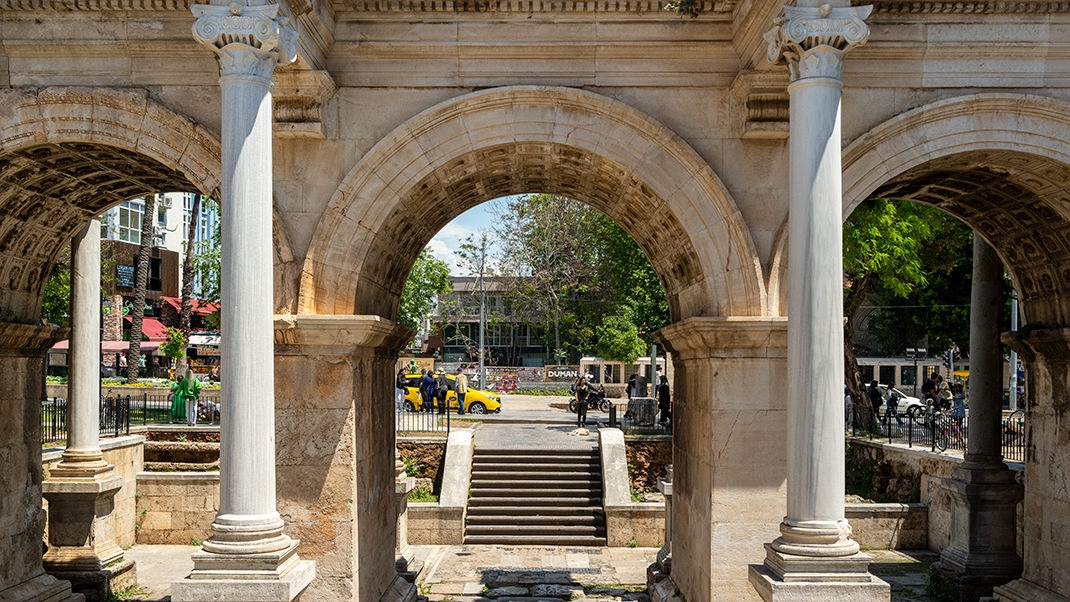
Strolling through the small streets of Antalya, I reached the large city harbor, surrounded by high stone walls. On maps, this place is marked as the 'Old Town of Antalya.' Many tourists I encountered here take photos by the water, but I decided to climb higher to get some panoramic shots of the bay. You can go up on foot or use the free tourist elevator. I waited in line for about ten minutes to use it.
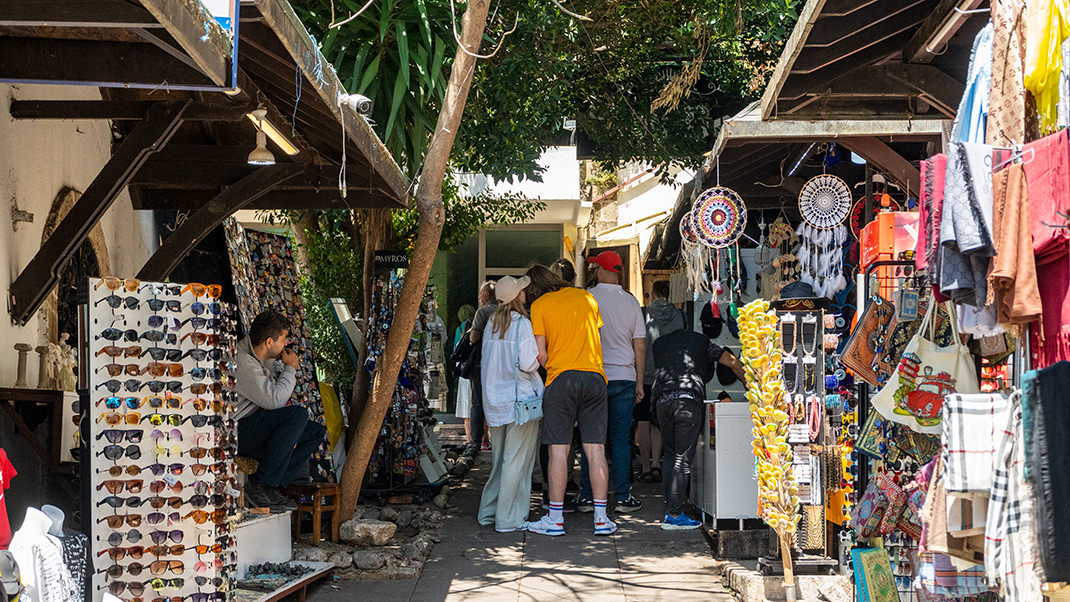
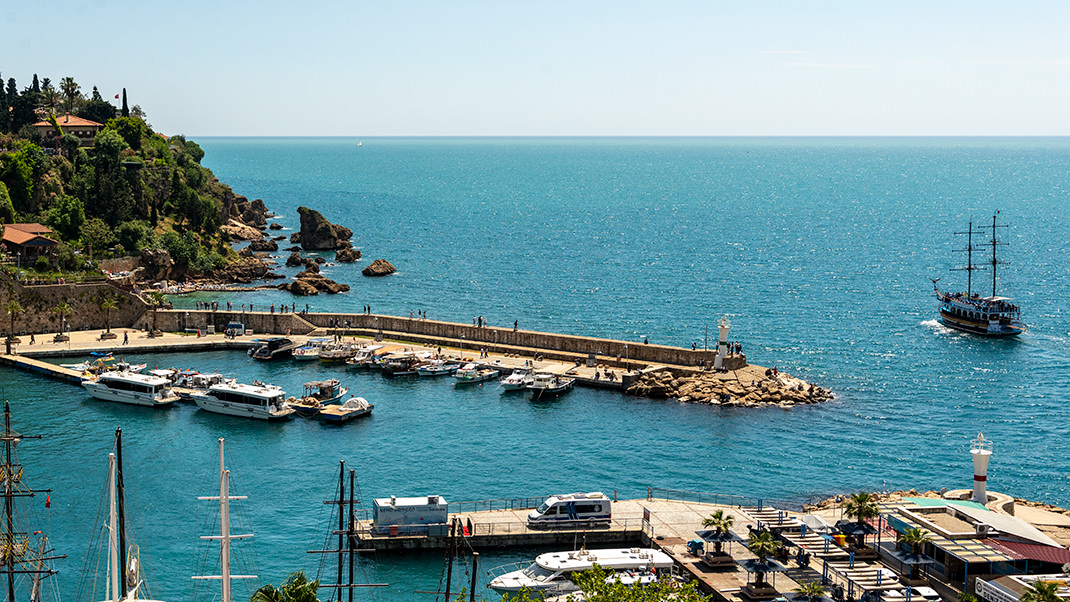
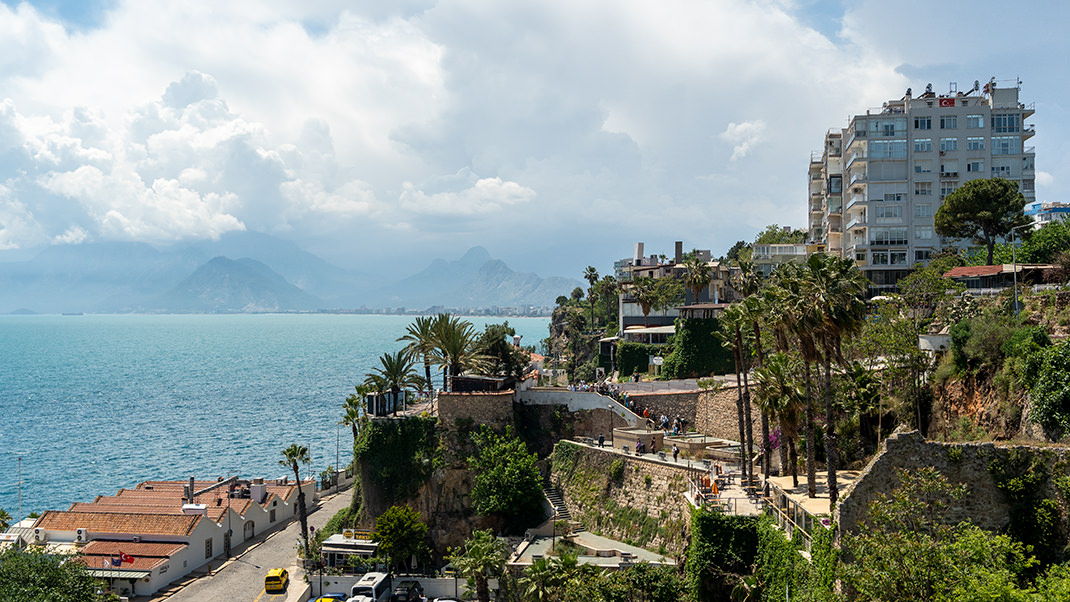
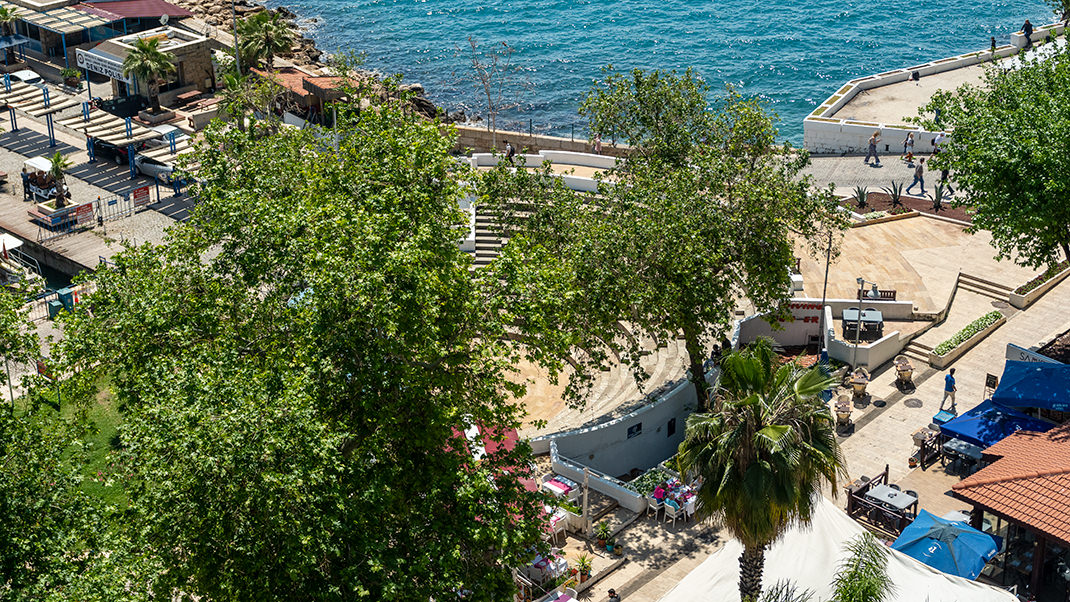
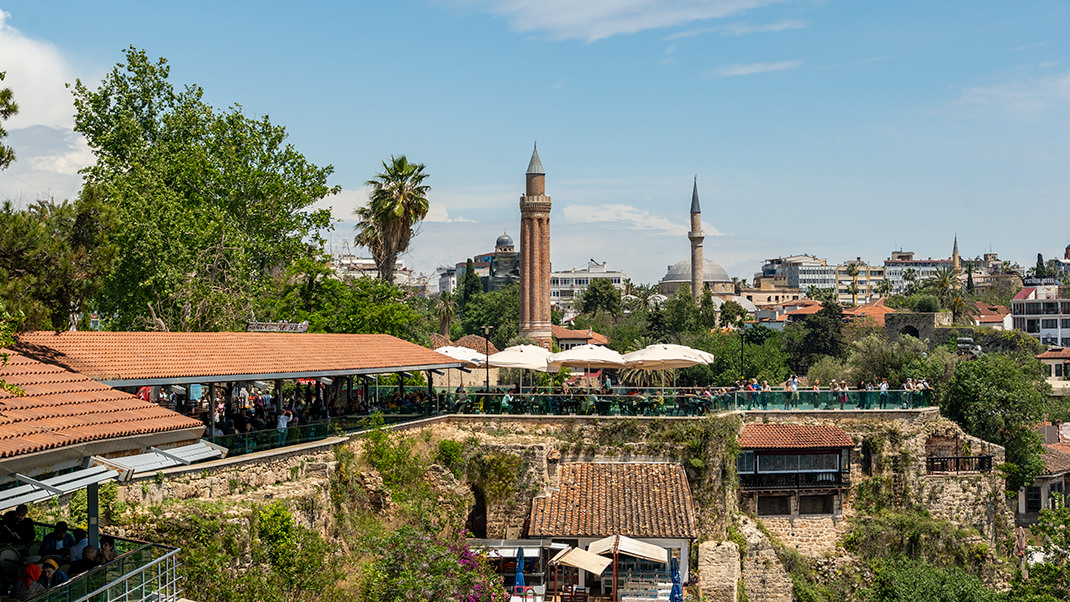
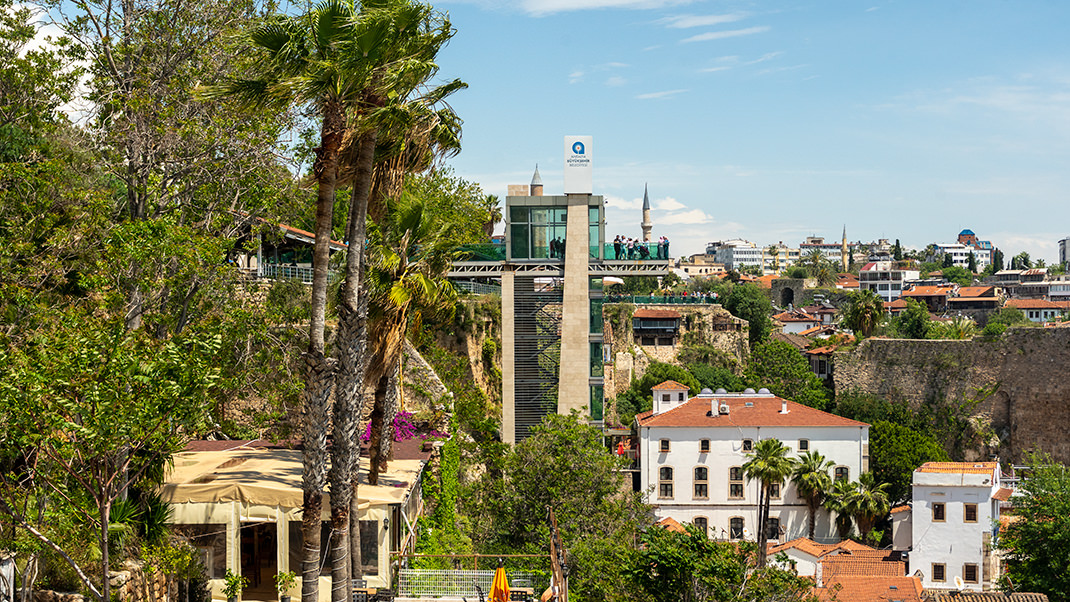
After enjoying the views of the harbor, I headed to the Hıdırlık Tower, which is located about a ten-minute walk from the upper observation platform of the elevator. It is believed that the structure was built as a tomb in the 1st or 2nd century. Apparently, archaeological work is currently underway here. It is impossible to enter the tower or get close to it.
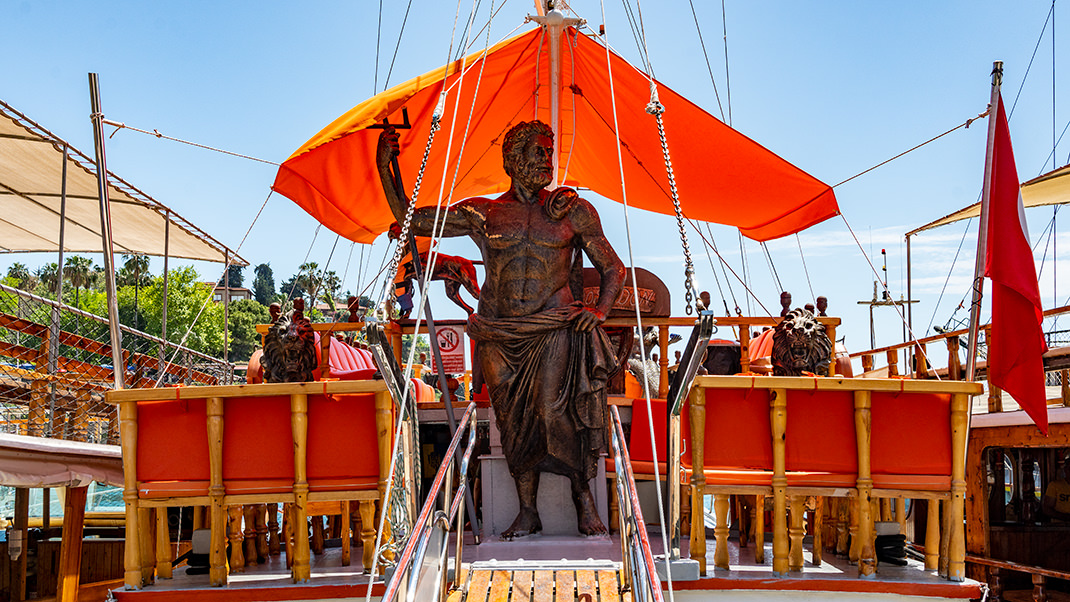
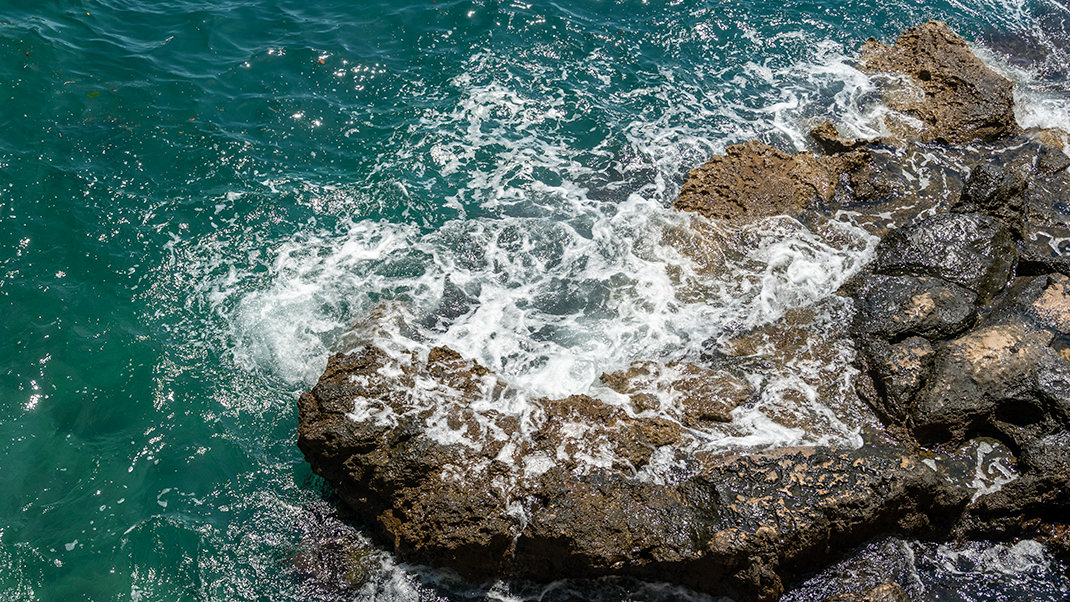

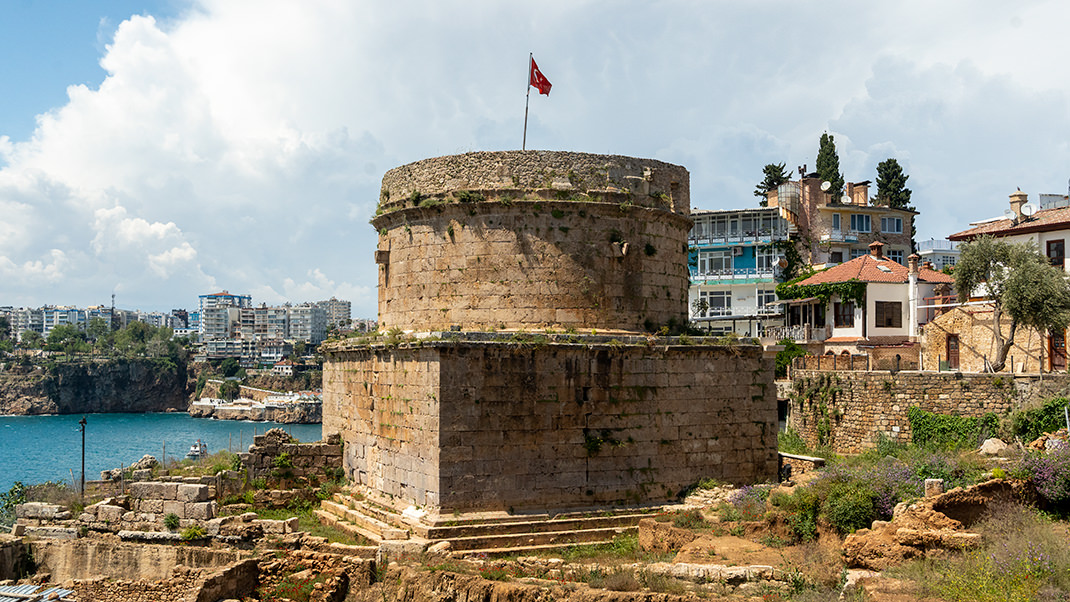
From the tower towards Hadrian's Gate, where my route started, leads Hesapçı Street. Walking along it to the tram stop, I encountered another interesting landmark - the Şehzade Korkut Mosque building. Once, a Byzantine church stood here, and later the complex was turned into a mosque. Information online suggests that the minaret of the building was called broken or truncated. This happened because over time, the complex turned into ruins, and the top of the minaret suffered.
Today, the building and minaret have been reconstructed, and visitors can enter the complex. In the mosque's halls, you can see photographs of this place before and after the restoration work.
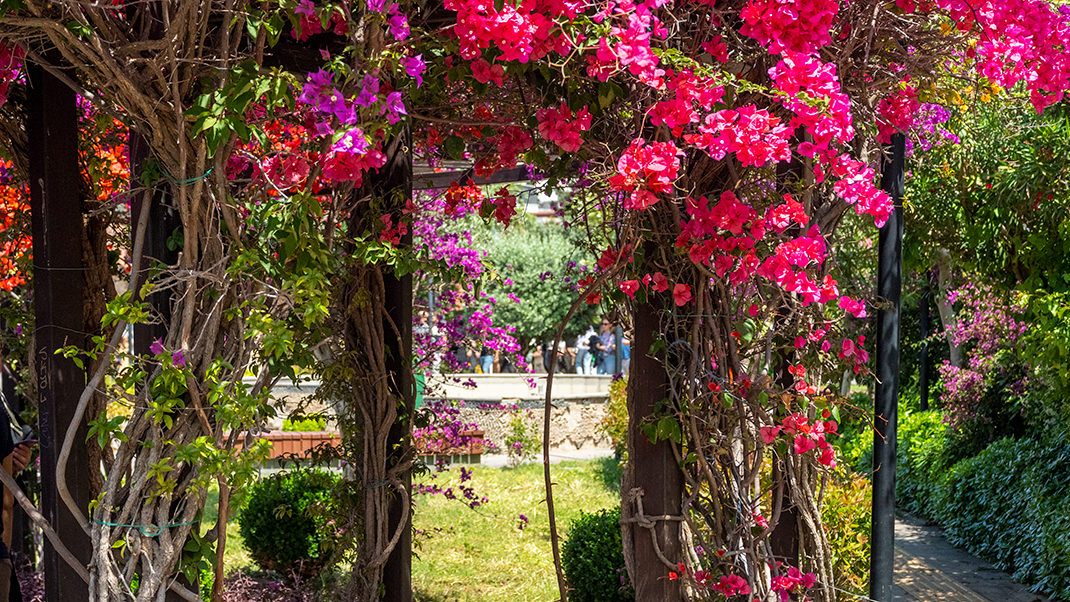
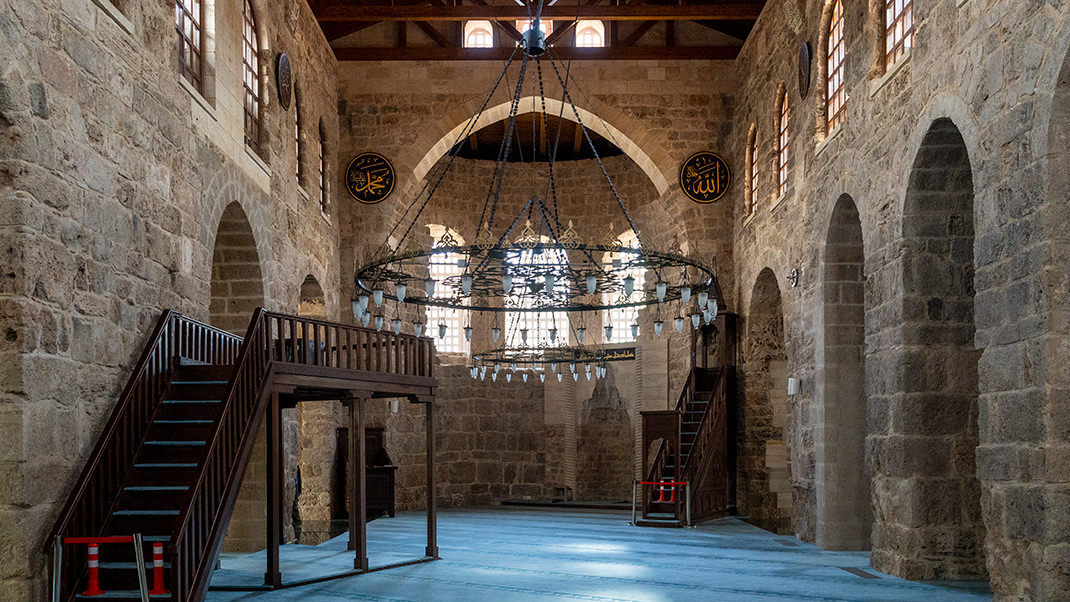
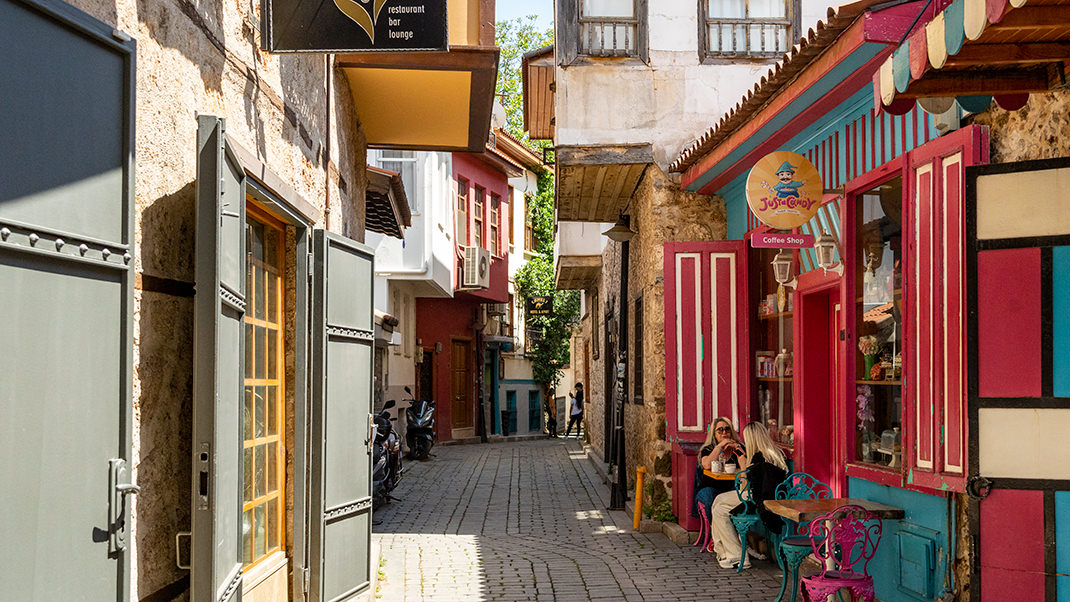
After exploring the mosque's interiors, I set out to explore the city further. In the next article, I would like to introduce you in more detail to Hadrian's Gate, which I mentioned at the beginning of this text.
Have a nice trip!


